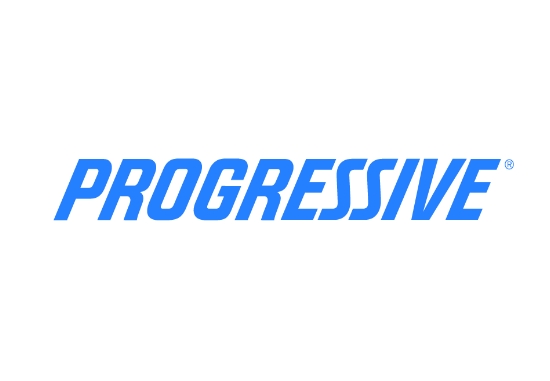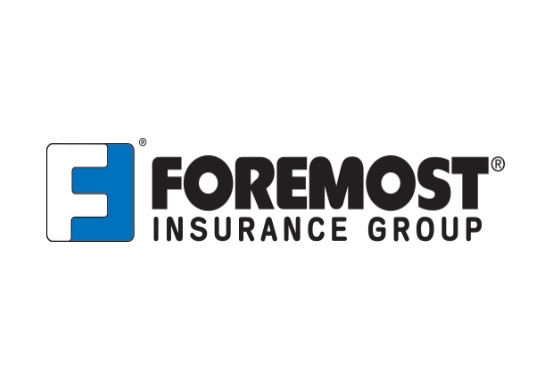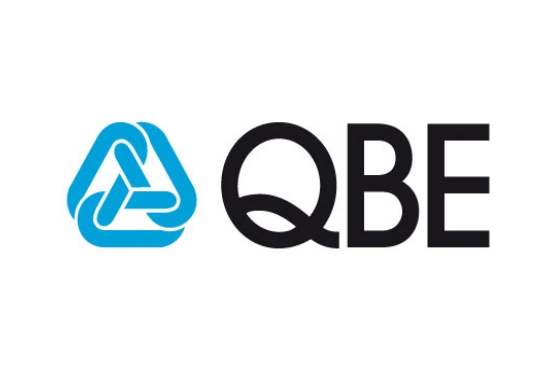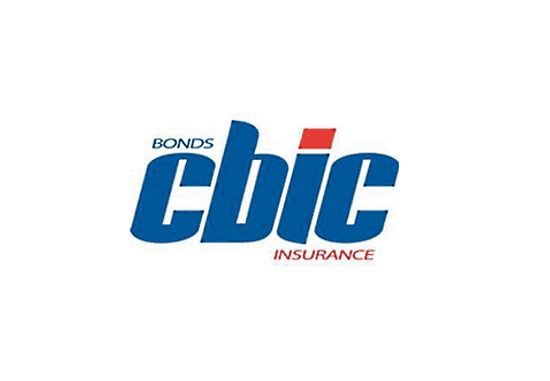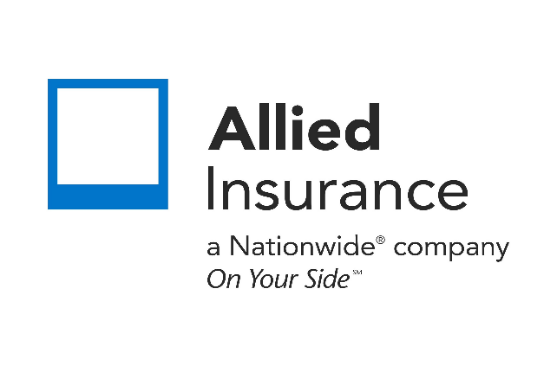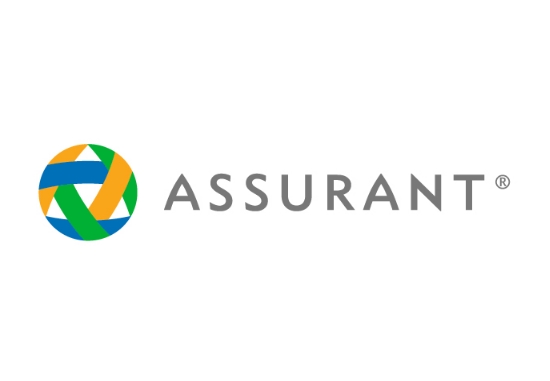What is the difference between full coverage and third party insurance?
Understanding the distinction between full coverage (also known as comprehensive) and third-party insurance is vital when choosing the right protection for your vehicle.
Comparison Overview
| Feature | Full Coverage (Comprehensive) | Third-Party Insurance |
|---|---|---|
| Your Vehicle Damage | ✓ Included (collision, theft, fire, vandalism) | Not covered |
| Third-Party Damage | ✓ Included | Included |
| Optional Add-ons | Available (e.g., roadside assistance, windscreen) | Rarely available |
| Premium Cost | Typically higher, though sometimes competitive | Generally lower |
| Legal Requirement | Not mandatory (can be required by leasing/lending) | Usually mandatory to drive legally |
Choosing the Right Coverage
Choose Full Coverage if:
You own a newer or more valuable vehicle.
You want protection for both your vehicle and others.
Your lender or leasing agreement requires it.
Choose Third-Party Insurance if:
Your vehicle has lower market value or is older.
You’re on a tight budget and need only minimal legal compliance.
You accept responsibility for any damage to your own vehicle.
Frequently Asked Questions (FAQ)
Is full coverage always more expensive than third-party?
Not necessarily. Some insurers may offer competitive rates for full coverage, especially for low-risk drivers.
Does third-party cover fire or theft?
No. Third-party insurance typically only covers damage to others—not your own vehicle.
What does ‘full coverage’ actually mean?
Commonly refers to liability plus comprehensive and collision coverage. It’s a lay term and may vary by provider.
Are add-ons available with full coverage?
Yes — options like breakdown assistance, personal accident cover, and zero depreciation are often included.
Summary
Full coverage protects both your vehicle and third parties, often with additional optional extensions.
Third-party insurance provides basic mandatory protection at a lower cost but leaves you exposed to own vehicle costs.
Your choice depends on vehicle value, personal risk tolerance, and budget.
Ready to Choose the Right Insurance for Your Vehicle?
Let’s help you assess value, understand local legal requirements, and select the best coverage for your needs.
Get personalized quotes tailored to your car and situation now.
Related Posts
Get a Right Insurance For You
SHARE THIS ARTICLE
We will compare quotes from trusted carriers for you and provide you with the best offer.
Protecting your future with us
Whatever your needs, give us a call, have you been told you can’t insure your risk, been turned down, or simply unhappy with your current insurance? Since 1995 we’ve been providing coverage to our customers, and helping people across United States.

